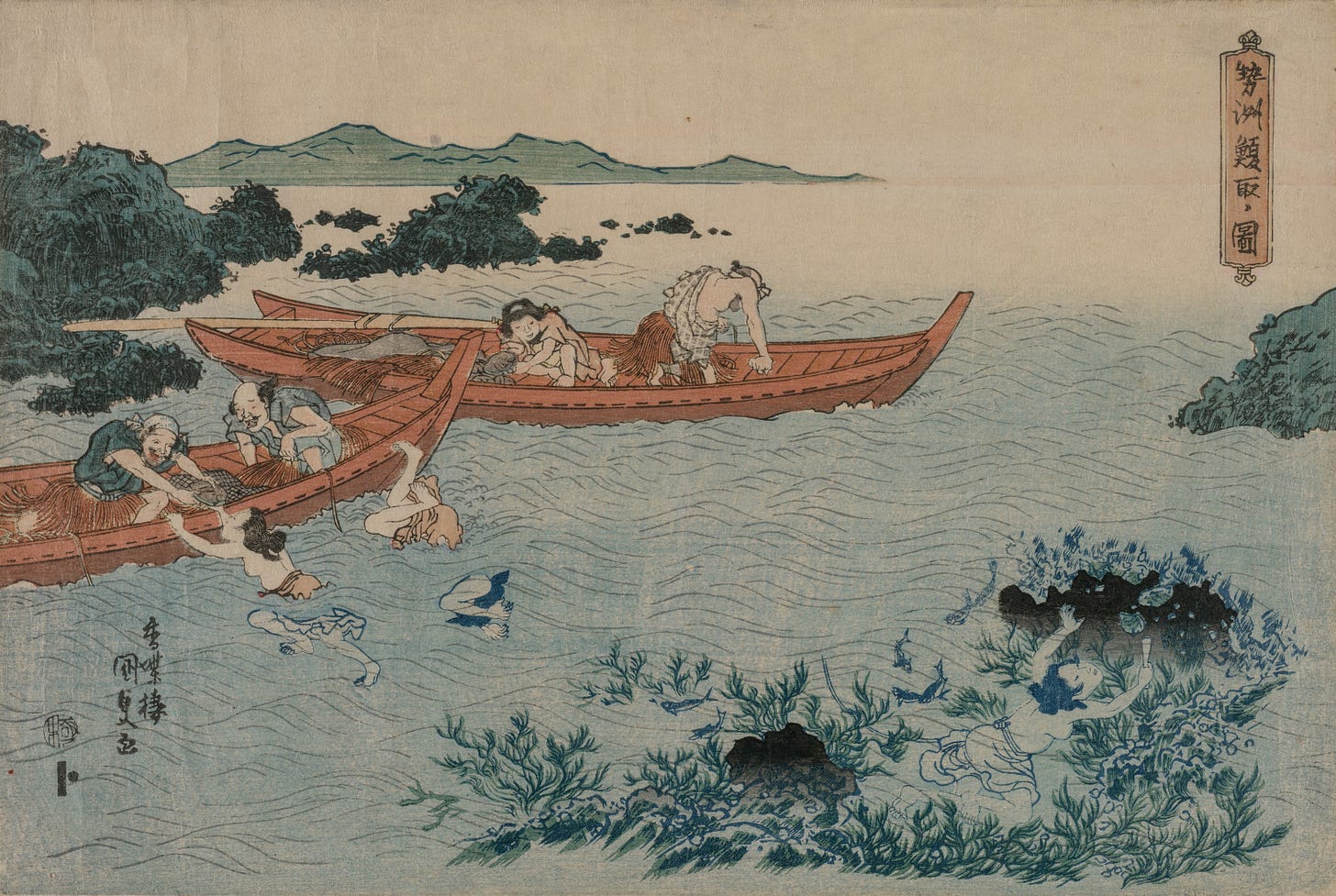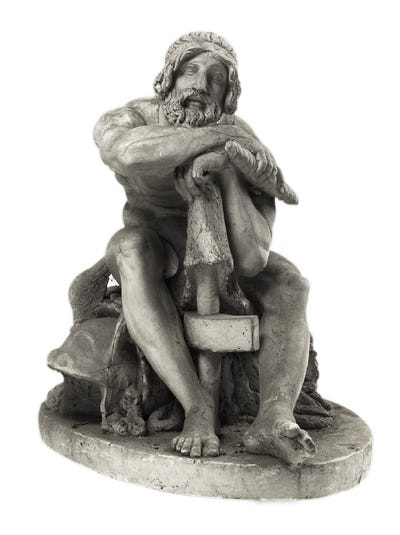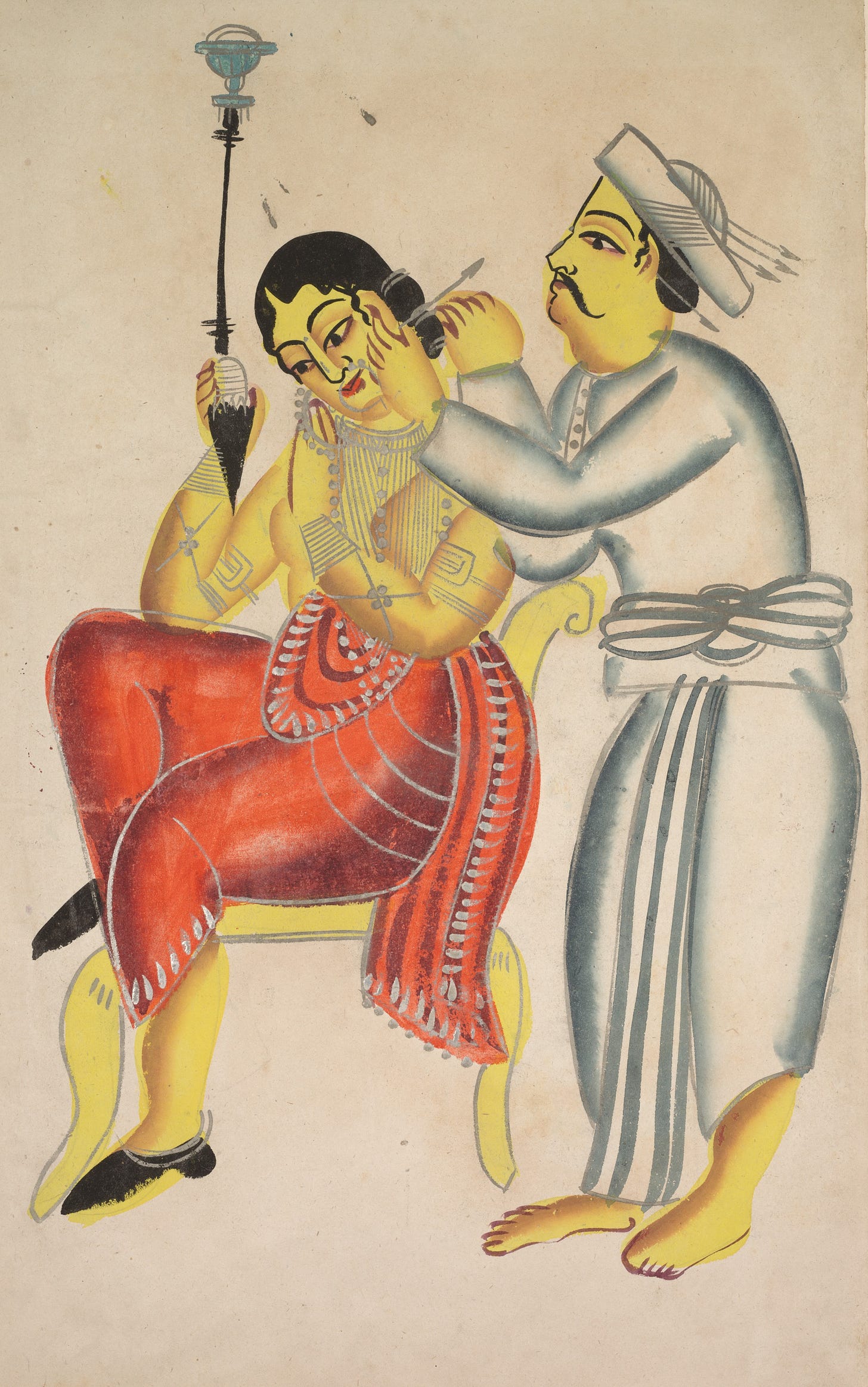#5 Enabling collaboration
How to find the right tools for working together in the digital realm
When Medhavi and I write this newsletter, we sit approximately 6.800 kilometers apart from each other. Dig It! is highly dependent on the two of us exchanging ideas and perspectives, putting a text together collaboratively, and having a conversation - in the digital realm. We spend approximately three to four hours each on every issue, bringing together material, discussing the topic or questions of the issue, and, of course, writing. When we look at this amount of time resources, that’s not a lot, I suppose. Why is that? Because when Medhavi and I work together, we use exactly the tools that enable us to think together.
In different settings, we hear colleagues discussing tools or restrictions they are facing. Since many people started to work from home, many GLAM institutions have moved team collaborations into the digital realm. Apart from many positive effects, people have been sharing their negative user experiences and how one of the most precious resources of ours, time, is sometimes wasted because of digital tools that do not support our workflows or needs. That’s why we’ve decided to share some of the tools that enable us to work together, and that have supported us in our professional lives. We would like to invite you to share yours as well (and feel free to name those you didn’t like, too) - as it might help another colleague or institution to make online collaboration a little bit easier.
Disclaimer: If we name specific tools, these are our personal recommendations and serve as examples. No one has paid for or influenced our choices. We do not recommend any organization to use specifically these but to reflect upon the choices of tools they made and if those fit their staff’s needs.
In this edition, we talk about collaborating with digital tools, how software can restrict or support creativity, and how it feels when the tools we use do not collaborate with us.
1. Let’s talk about... working together with digital tools!
Medhavi: With the increasing number of digital tools on offer, we feel that we have an opportunity to increase our personal and professional productivity - but too many tools for different projects can leave everyone feeling more distracted and stressed. So how do we find tools that impact workflows positively and increase efficiency?
Larissa: Good point. In my view, digital collaboration tools themselves won’t actually make workflows more efficient or staff more productive - just as analog tools don’t help you if you don’t have the skills or knowledge to use them correctly. It really depends on finding the right tool for you and your team’s needs - and how the tools interact.
Medhavi: My first ‘wow’ moment with a digital tool came with using Streak. Keeping the inbox organized is a dream that many of us share and Streak made that dream come true for me. In the days when all of us, regional coordinators of Art+Feminism across the world, used a common email address, this tool kept us organized and accountable. Within three years, we’ve moved to individual email accounts but continue to use Streak so that the Team Leads are able to keep a record of all communication that is part of the campaign and the related tasks that come with each email. Besides, I think using Streak helps someone like me a lot - who is likely to read an email, respond, but probably forgets to add the related task to a To-Do list!
Larissa: I guess for me, my perspective on a lot of digital tools has changed since the pandemic made my colleagues and me work from home. How do team dynamics change if we are forced to have all communication, brainstorming, and planning online? In my view, whiteboard tools like Miro or Google Jamboards have shown how we started to need those kinds of tools to interact creatively with each other in the digital realm. At the same time, a lot of digital interaction and collaboration tools miss out on features that would be urgently needed to recreate a social environment, and we create individual ecosystems of tools lacking efficiency and creating new barriers for others. A perfect example for me is videoconferencing, where you currently have to combine many different tools to create a workshop atmosphere.
Last week, I took part in a conference, where I saw names of people I would have loved to talk to one-on-one. At a physical event, I would have walked straight up to that person, said hello, and asked if we could have a coffee together. Another person that I didn’t know at all would have joined and we would have had amazing, inspiring conversations. That’s nothing Zoom, Teams, WebEx, etc. allow for. And I think it will be great to see digital tools evolving with our needs. A step into that direction is for example Wonder, a conferencing tool that allows people to move, join, and create new conversation spaces easily.
Medhavi: I agree with you - and this is why, during a conference a couple of weeks ago, I found Swapcard to be fun to use (wondering why LinkedIn hasn’t thought in this direction!). In my daily work life, I find Trello to be of immense help. From organizing a content calendar (and Dig It!) to keeping a directory in place, I find Trello’s possibilities (especially because of the integrations) limitless. In recent times though, Notion as a tool has started to win me over. I love it for its simple interface and how it combines a lot of features from other tools - thus preventing the jump from one tool to another. At best, Notion keeps project databases together - documents, notes, links, and everything that you’d possibly need. Take a look at how Notion was used to create a Wiki for teachers and students with helpful remote-working resources.
But how can GLAMs explore these possibilities that digital tools offer to support internal functions or their mission? There are some good reads about GLAMs opening up about the tools that helped them: This museum used Airtable to move 26.000 artworks from one location to another. And read this article by Adam Kozary about the use of Trello and Slack at the MERL.
What are your favourite tools that support you in your everyday work? How do you feel about the relationship between efficiency, productivity, and the available number of digital collaboration tools?
2. What about you?
Alright, what should you look out for when choosing and adopting new tools? Of course, every institution’s needs differ and so will their choices. However, there are some questions you might like to reflect upon.
How easy is the tool to learn and use?
How many team members does it allow for (unlimited /limited, etc)? After all, the idea behind using these tools is also to foster team interaction and collaboration!
Have you asked your team members which tools they would need and if they have recommendations?
If you’re worried about investing in paid plans, consider if the time your staff is going to save could balance the money invested in the tool.
How flexible are these tools: Do they work across devices? Do they integrate well?
If you had to scale, would this tool continue to support your institution? What restrictions would come into effect?
Most importantly, to what extent does this tool ease the workflow: Does it allow for the exchange of files and documents/editing/decision-making?
3. Shout-out to… Max Westphal
We don’t know about you, but Twitter is an incredibly important tool in our daily work. It gives us access to new thoughts and ideas, inspiring people, and links us to discussions in the global Open GLAM network. One great example is this tweet of Max Westphal who gave us new food for thought while preparing this newsletter.


4. Favourite Discovery
This article by Sarah Bures on Medium reflects upon “Socially Distanced, but Working Together” when the New York Times’ work had to move online after the pandemic hit in spring 2020:
“When New York Times employees began working from home as a safety precaution against the global spread of the coronavirus, they found new ways to connect with their colleagues.”
Medhavi: Every country has its own workplace culture. I wonder if digital tools (especially when you’re working with a global team) set a common culture for everyone irrespective of where you are from - or is it possible to add your own to your digital workspace? For example, in India, most workplaces are hierarchy-driven. That’s true for most GLAMs as well - how do using digital workspace tools play into that?
Larissa: That’s a really interesting point - in my view, most digital tools and their use are actually influenced by the same logic of hierarchies and power dynamics as the physical environments. Who gets to comment in a Google Doc, who is allowed to make changes? Who is allowed to send a Slack message to whom in the institution without causing a confrontation?
There is also another issue that I really liked in that article: A new equality of remote and office staff. I’ve made the experience myself that people discovered a new team culture when all its members are taking part equally in the informal and formal meetings and get to communicate with each other as equals. I really hope that this equality of people in the meeting room and those taking part remotely is here to stay.
5. And Now For Something Completely Different
Larissa: It’s not only Microsoft products that sometimes remind me of two-year-old children who really don’t want to do the thing their parents asked them to do. Tools that sometimes seem to work against us can be… frustrating at best. The Oatmeal has summarized this feeling hilariously with the example of the one thing that is certainly in the Top 3 most hated office suppliances: Printers. Enjoy.
6. Upcoming
🗓 23 November: Submit a proposal to the MuseumNext conference in February 2021.
🗓 30 November/15 December: The British Library Labs are currently inviting people to share their projects and examples of re-use of the British Library’s data and collections for the annual British Library Labs Awards (applications open until 30 November). On 15 December, they are organizing a symposium featuring the awarded projects and an endnote on “How to Decolonise the British Library in 3 (Un)Easy Steps?” by Anasuya Sengupta, Co-Director and co-founder of Whose Knowledge?.
🗓 3 December: Europeana organizes a webinar on “The copyright directive: new approaches to the public domain and to out of commerce works”. Speakers such as Paul Keller and Ariadna Matras “will highlight key opportunities the directive presents for the cultural heritage sector and explore the approach that some member states are taking during the implementation”.
Thank you for your attention! If you liked this post, consider sharing it with your peers!
Join the discussion on social media using #GLAMsDigIt and share your feedback with us.
Stay safe!






You are spot on about how we are missing the connective glue between events/activities and interactions. We are missing the relationship element that is a major pull for traditional conferences and events. This is why it is essential to evaluate and consider community platforms (not associated with Big Social) as part of your organization or association digital ecosystem. How might we build and cultivate this infrastructure at all times and not just during the lead up to or in the midst of a conference / event. For virtual events with opportunity for 1:1 or small group connection, there is GatherTown (think Zoom meets Zelda) or Remo. For multi-day conferences or events, I do like Run the World (offers engagement if you do not yet have a community platform). Rather than asking about tools, I get curious about how people are communicating and collaborating - what is holding them back? How is information accessed and shared? The 'CALM' approach came out of the many years spent trying to cultivate community in the spaces between. See: https://medium.com/@vargasl/keep-calm-not-just-carry-on-business-as-usual-6141693d28a2